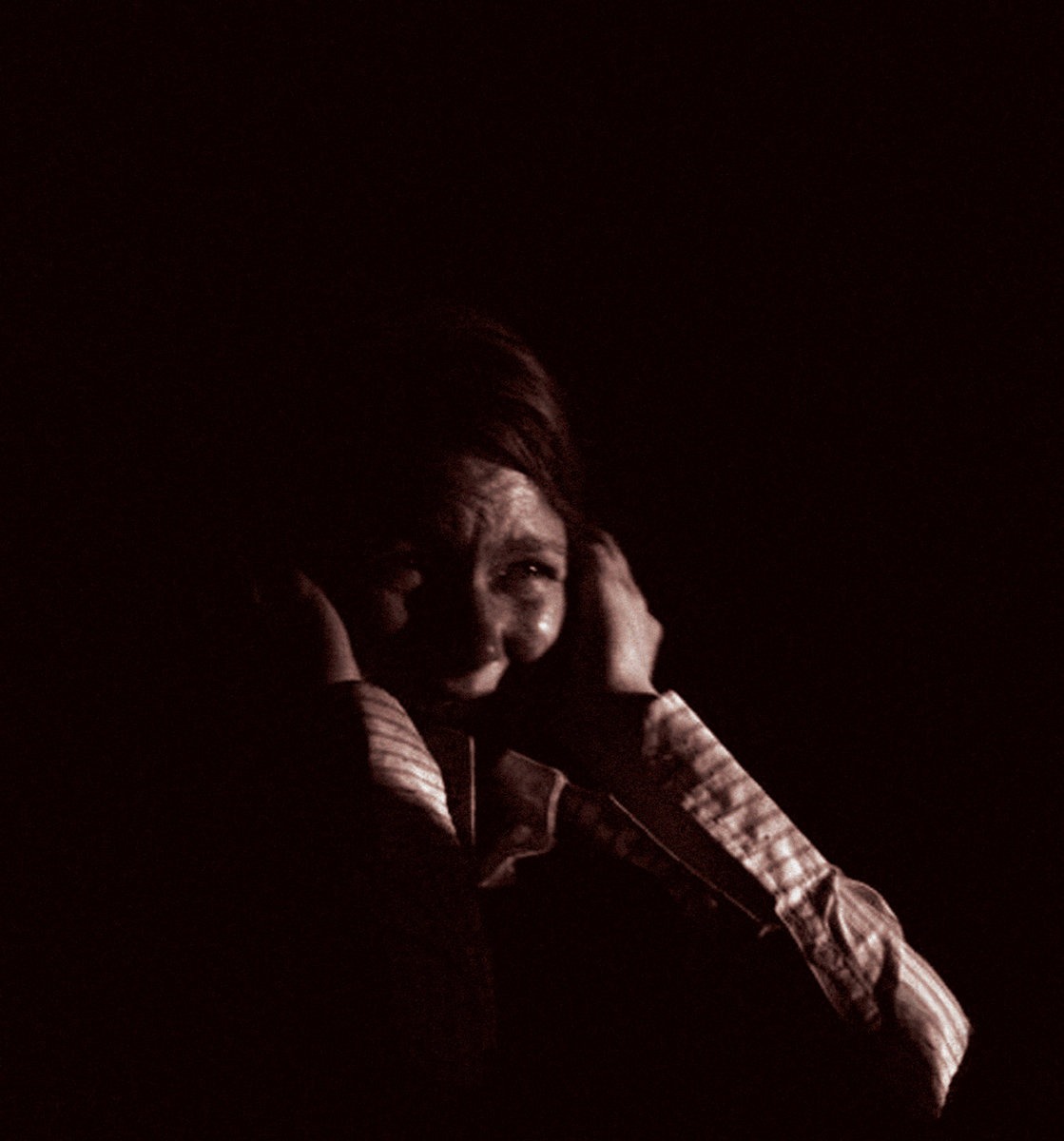Description
Joachim Montessuis develops an experimental contextual practice mainly around voice, drone, noise and resonance since the early 90’s. His current work is directed towards conceptual experimental processes of the issue of observation and perception of reality through a non-dual approach. His vocal performative work explores various states of trance through the extreme potentialities of amplification and electronic transformations of screams, throat singing, and also words. He designs his actions as processes, “noise poetry-codes reality fertilizers”. He has shown his work in many festivals around the globe (more than 200 performances) and he has collaborated with more than 100 artists. He also is the editor of the CD label Erratum Musical devoted to art, noise and experimental sound poetry – which he started in 1993. He occasionally curates experimental poetry events and exhibitions. He lives in Paris and teaches sound and intermedia art at HEAR in Strasbourg.
 















